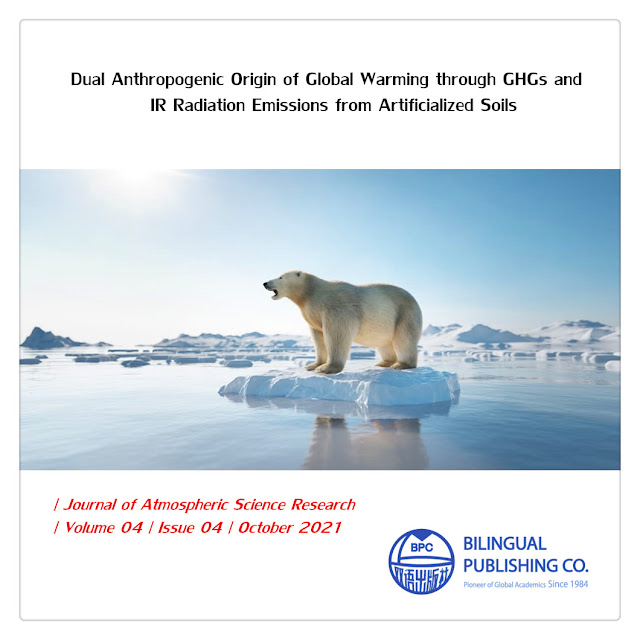The Impact of Climate Change on Rainfall Patterns in Ghana: A Zoning Adaptation Strategy through Developing Agroforestry

The Impact of Climate Change on Rainfall Patterns in Ghana: A Zoning Adaptation Strategy through Developing Agroforestry Abstract As a developing country in Africa, the effect of climate change is one of the sufferings of Ghana. The effect is much felt in rainfall variability because of the country over reliance on rainfall for agriculture. While various researches have studied the impact of climate change in Ghana, few among them have extended to its impact on rainfall pattern across all the ecological zones in the country. The trends in the rainfall from seven selected meteorological stations across all the ecological zones were analyzed using data from the NASA satellite. The Mann-Kendall and Sen’s Slope Test were used for the analysis. The study found decreasing trend in most of the monthly and yearly rainfall pattern across the ecological zones, and suggested cashew agroforestry as a zoning adaptation strategy. Keywords Adaptation; Agroforestry; Cashew; Climate change; Mann-Kendal...















